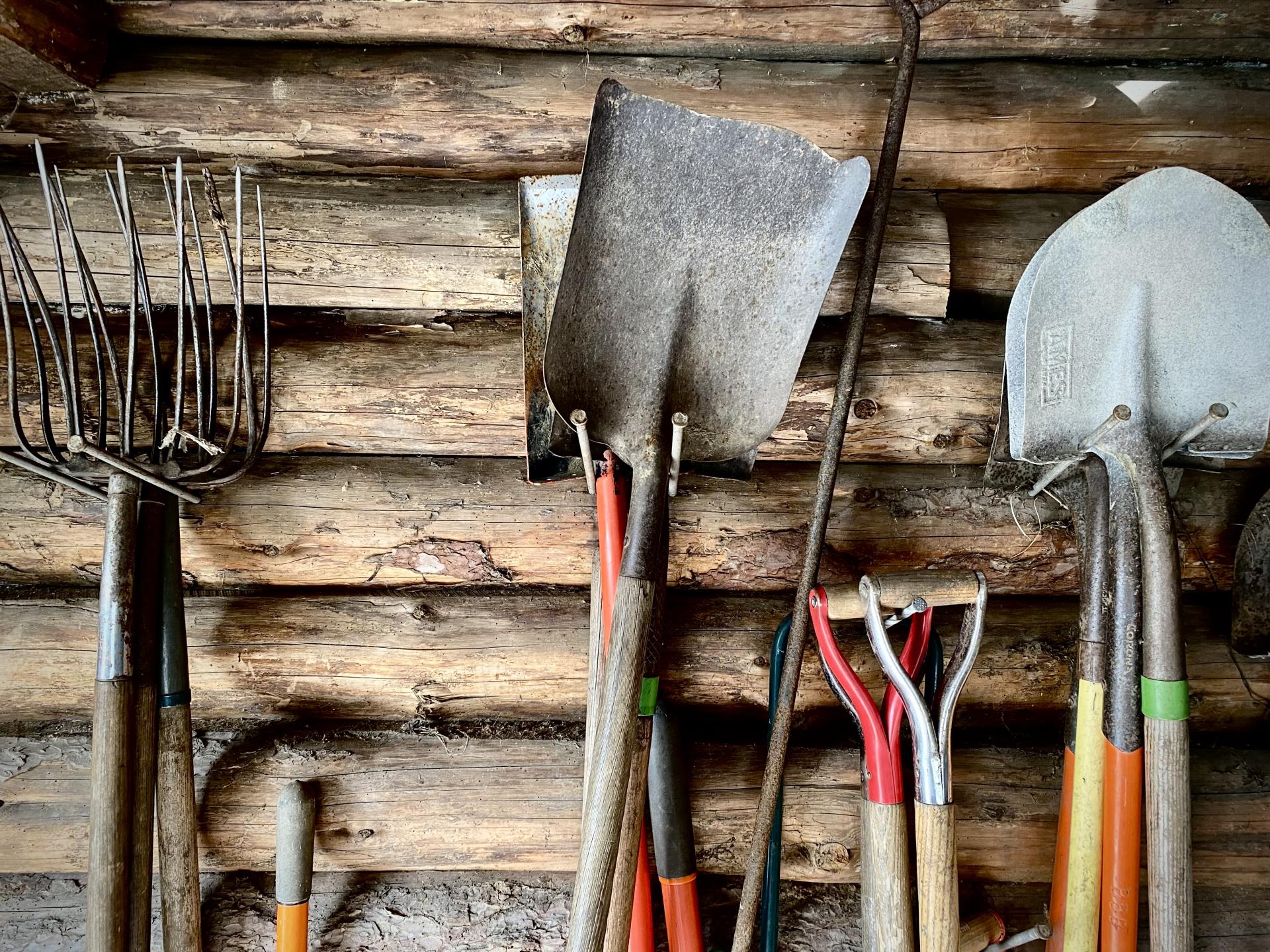You are here
Gardeners Checklist: Here Is What to Do on This Second Week of April
Gardeners Checklist: Here Is What to Do on This Second Week of April
By Ron Kujawski
• Get cold frames ready to receive seedlings that were started indoors. Put cold hardy seedlings such as lettuce, cabbage, and onions in the cold frame first. In May, when night time temperatures are averaging above freezing, put tomatoes and other warm season crops into the cold frame. Be prepared to throw some burlap bags or blankets over the cold frame if frosty weather threatens. I like to keep several gallon-sized, clear plastic bottles in the cold frames. These are filled with water. On sunny days the water heats up and provides warmth for tender seedlings on frosty nights.
• Continue dividing perennials. However, be aware that there are some plants that resent being divided and they should be left alone unless dividing or moving is necessary. These include butterfly weed (Asclepias), euphorbias, oriental poppies, baby’s breath (Gypsophila), gas plant (Dictamnus albus), Japanese anemones, false indigo (Baptisia) and columbines (Aquilegia). Lenten and Christmas roses (Helleborus) are difficult to move when more than a few years old, but tiny seedlings can often be found around the base of older plants. These seedlings are easy to move.
• Prune late-summer flowering hydrangea. The common snowball hydrangea (Hydrangea arborescens) and panicle hydrangea (Hydrangea paniculata) produce flowers on new wood, so spring pruning prior to growth is the rule. The flowers on mophead or lacecap hydrangea (Hydrangea macrophylla) typically bloom on last year’s growth. It is not pruned until after flowering in July. Some varieties of mophead hydrangea, such as "Endless Summer" and "All Summer Beauty," bloom on old and new wood. That’s good news for those of us who live in cold areas where flower buds on old wood are often killed in winter.
Did You Know?
According to a study by the U.S. Department of Agriculture, rhubarb outperforms cranberries in several nutritional categories. Rhubarb contains more potassium, calcium, folic acid, beta-carotene, magnesium, and vitamins A and K than cranberries. That’s good news because I was not looking forward to flooding my back yard every time the cranberries were ready for harvest. Rhubarb is so much easier to grow. If you have no rhubarb, now is the time to plant some. Know someone who grows rhubarb? Ask if you could have a divided portion for planting.
Ron Kujawski began gardening at an early age on his family's onion farm in upstate New York. Although now retired, he spent most of his career teaching at the UMass Extension Service. He serves on Berkshire Botanical Garden’s Horticulture Advisory Committee. His book, Week-by-Week Vegetable Gardener’s Handbook, is available here.
Help Our Garden Grow!
Your donation helps us to educate and inspire visitors of all ages on the art and science of gardening and the preservation of our environment.
All donations are 100 percent tax deductible.


